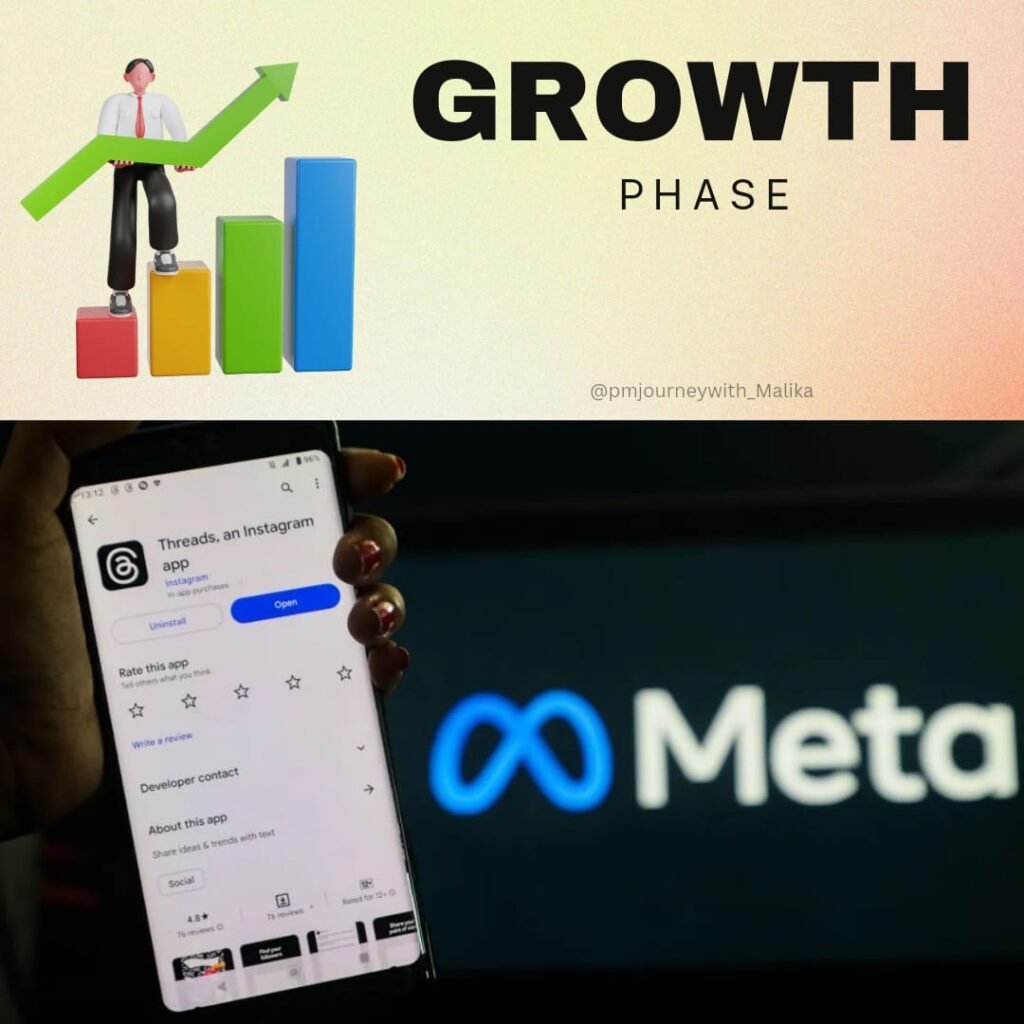Table of Contents
Introduction
Understanding the journey of a product from its inception to its decline is crucial for any business. This journey, known as the Product Lifecycle, can be effectively managed using Product Lifecycle Management (PLM). PLM helps businesses stay competitive and profitable by integrating people, processes, and technology. It also plays a vital role in marketing by helping businesses optimize their strategies at each stage of the product lifecycle.
Stages of Product Lifecycle
Development The development stage involves ideation, research, and design. This is when the product concept is born and refined into a marketable item. Key activities include market research and feasibility studies to ensure the product meets consumer needs and can compete effectively.
Example: Google’s Pixel Fold is currently in the development stage. Google is conducting extensive research and design work, collecting feedback from prototypes, and generating market buzz through teasers.

Launch The launch stage is when the product is introduced to the market. It involves significant marketing efforts to create awareness and generate interest among potential customers. Effective launch strategies are crucial to capture market attention and set the stage for growth.
Example: Meta Quest 3’s launch was a highly anticipated event. Meta (formerly Facebook) used a robust marketing campaign, including online events, influencer collaborations, and pre-order promotions, to create excitement and drive initial sales.

Growth In the growth stage, the product starts gaining traction and sales increase rapidly. Marketing efforts focus on expanding market reach, improving product features based on customer feedback, and differentiating the product from competitors. This phase is critical for establishing brand loyalty and maximizing market share.
Example: Threads, a new social media platform by Meta, experienced significant growth shortly after its launch. As users sought alternatives to existing platforms, Threads expanded its features and scaled its infrastructure to meet the growing demand, becoming increasingly popular.

Maturity The maturity stage is characterized by a slowdown in sales growth as the product reaches peak market penetration. Competition becomes intense, and marketing strategies shift towards maintaining market share, optimizing pricing, and extending product life through enhancements and variations.
Example: The Apple iPhone is in the maturity stage. While still highly popular, the market growth has stabilized. Apple focuses on incremental updates, new models, and ecosystem integration to maintain its market share and customer loyalty.

Decline In the decline stage, sales begin to decrease due to market saturation, technological advancements, or changing consumer preferences. Businesses need to decide whether to rejuvenate the product through innovation or discontinue it. Marketing efforts may focus on targeting remaining niche markets or leveraging the brand for new products.
Example: Yahoo Mail is in the decline stage. Once a leading email service, it has seen a decrease in users due to the rise of competitors like Gmail and Outlook. Yahoo focuses on maintaining its existing user base and exploring potential niche markets.

Strategies for Each Lifecycle Stage
Development Stage Marketing Strategies
Conduct extensive market research to understand customer needs.
Develop a unique value proposition.
Build a strong brand identity.
Plan pre-launch marketing campaigns to create anticipation.
Launch Stage Marketing Strategies
Utilize multiple marketing channels to maximize reach.
Offer introductory promotions and discounts.
Engage with early adopters and gather feedback.
Focus on building brand awareness and credibility.
Growth Stage Marketing Strategies
- Expand distribution channels to reach new customers.
Invest in advertising and promotional activities.
Enhance product features based on customer feedback.
Build partnerships and collaborations to increase market presence.
Maturity Stage Marketing Strategies
Optimize pricing strategies to remain competitive.
Introduce product variations and upgrades.
Focus on customer retention and loyalty programs.
Streamline operations to reduce costs and improve efficiency.
Decline Stage Marketing Strategies
Identify and target niche markets.
Consider product repositioning or rebranding.
Evaluate the potential for product innovation.
Plan for a strategic exit if necessary.
Role of PLM in Product Development
Integrating PLM with product development ensures a seamless flow of information and collaboration among different teams. PLM helps in reducing time-to-market, improving product quality, and enhancing overall efficiency. By managing the entire lifecycle from development to decline, businesses can make informed decisions, reduce risks, and capitalize on market opportunities.
Case Studies
Example of a Successful PLM Strategy
Apple’s iPhone is a prime example of successful PLM. From its development to its various iterations, Apple has consistently managed the iPhone’s lifecycle to maintain its market leadership. By continuously innovating and responding to consumer needs, Apple has kept the iPhone relevant and in high demand.
Example of a Product that Failed Due to Poor PLM
The Microsoft Zune, on the other hand, failed due to poor PLM. Despite being a well-designed product, it couldn’t compete with the iPod due to late market entry, inadequate marketing, and poor product differentiation. This highlights the importance of effective PLM in ensuring product success.
PLM Tools and Softwares
Popular PLM Software Solutions
SAP PLM: Known for its comprehensive approach, integrating with other SAP systems.
Oracle Agile PLM: Offers robust features for managing the entire product lifecycle.
Autodesk Fusion Lifecycle: Provides cloud-based PLM solutions for improved collaboration.
Arena PLM: Ideal for small to medium-sized businesses, focusing on product design and development.
PTC Windchill: A powerful tool for managing complex product information and processes.
How to Choose the Right PLM Tool for Your Business
When selecting a PLM tool, consider factors such as ease of use, scalability, integration capabilities, and cost. It’s important to choose a solution that aligns with your business needs and can support your product development and management processes effectively.
Challenges in PLM
Common Challenges Faced in PLM
Integration with existing systems
Managing data across different stages
Ensuring collaboration among diverse teams
Adapting to changing market conditions
Solutions to Overcome PLM Challenges
Invest in robust PLM software with strong integration capabilities.
Implement effective data management practices.
Foster a culture of collaboration and communication.
Stay agile and adaptable to market changes.

Future Trends in Product Lifecycle Management
Emerging Trends in PLM
Increased use of artificial intelligence and machine learning.
Integration of IoT (Internet of Things) for real-time data tracking.
Greater focus on sustainability and eco-friendly product design.
Enhanced user experience through augmented and virtual reality.



